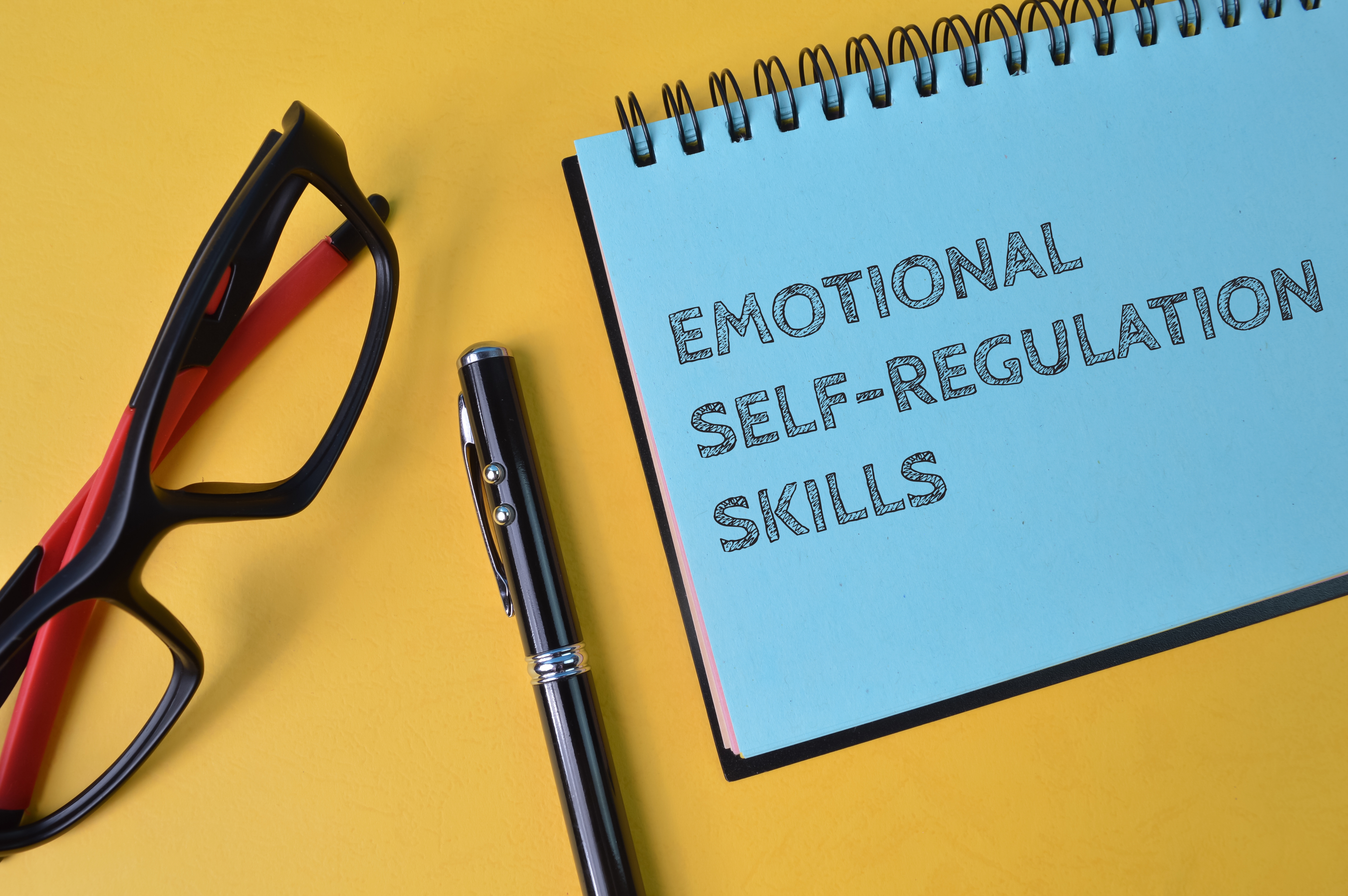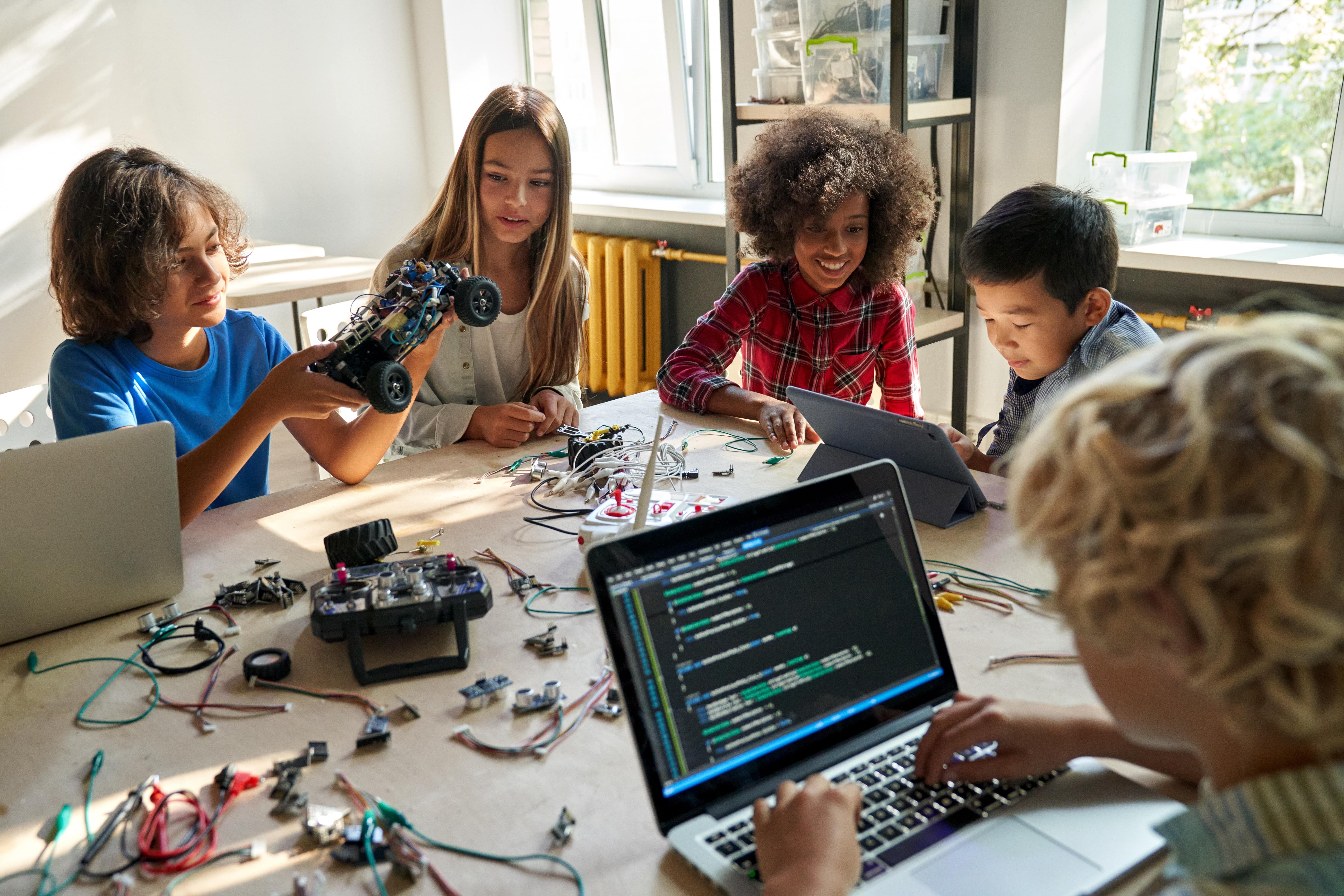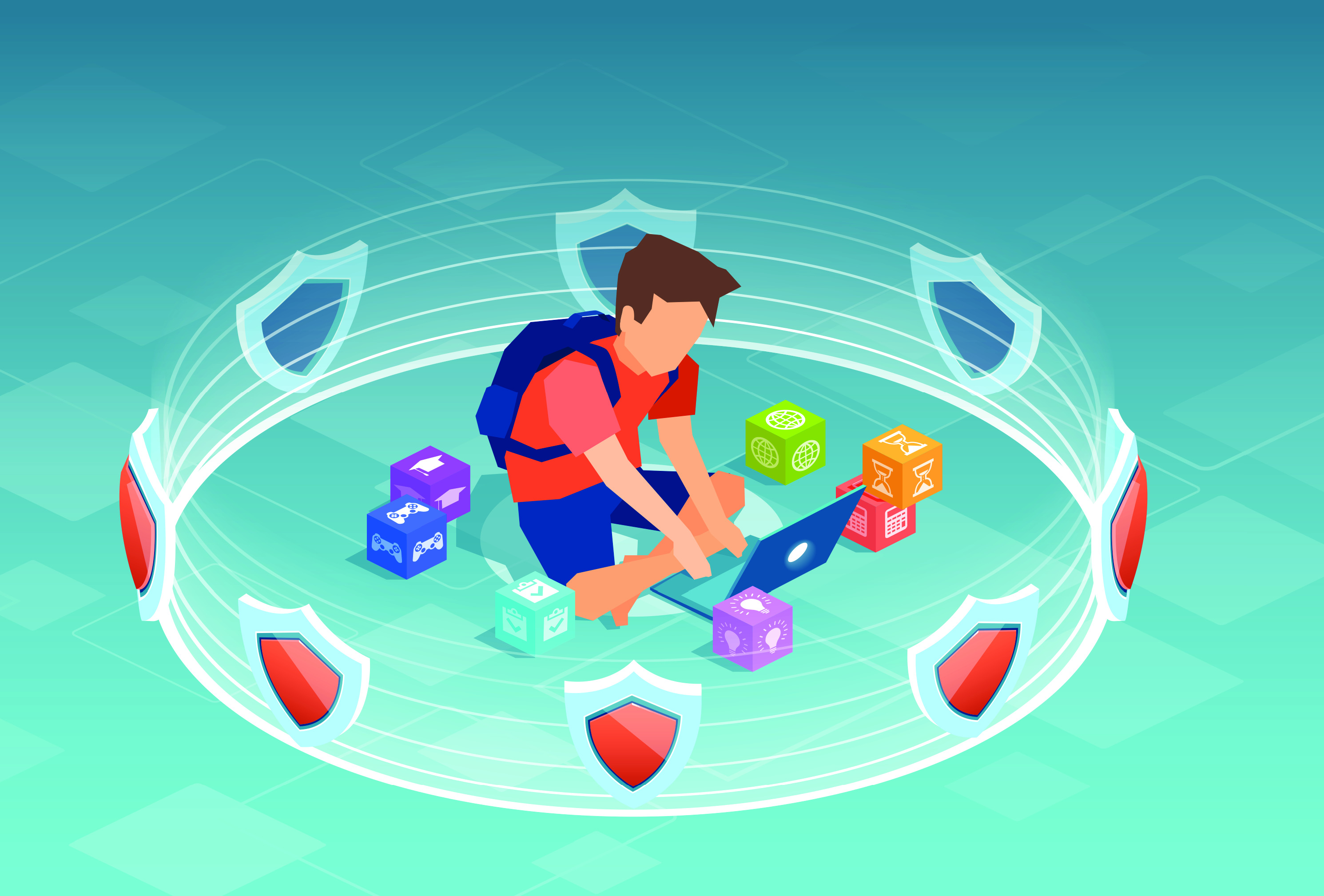Ed Tech Blog

In the world of education, the importance of prior knowledge cannot be overstated, especially when it comes to reading comprehension. Prior knowledge serves as a mental framework that helps students make sense of new information, allowing them to connect the dots between what they already know and the new concepts they encounter. When students can link new content to their existing knowledge, they are more likely to engage deeply with the material, leading to richer understanding and retention.
This blog post aims to provide educators with practical tips and strategies for building and activating students' prior knowledge to enhance their reading experiences. By fostering connections between new texts and students' backgrounds, teachers can create a more supportive and enriching environment for novel reading.
Why Prior Knowledge Matters in Novel Reading
Prior knowledge refers to the information, experiences, and beliefs that learners bring with them into a learning situation. In the context of novel reading, this background knowledge plays a crucial role in comprehension. When students encounter a new text, their ability to understand and interpret it is significantly influenced by what they already know.
The Role of Prior Knowledge in Comprehension
Making Connections: Prior knowledge allows students to draw parallels between the text and their own experiences or other texts they've read. This connection-making enhances engagement and facilitates deeper understanding.
Inferring Meaning: When students have relevant background knowledge, they are better equipped to make inferences about characters, themes, and plot developments. This skill is essential for navigating complex narratives.
Retaining Information: Research shows that students who activate their prior knowledge before reading are more likely to retain information from the text. By anchoring new ideas in familiar concepts, learners can create lasting mental associations.
Research-Based Insights
Numerous studies underscore the significance of prior knowledge in literacy development. For instance, a...
Read more: Unlocking Comprehension: Building Students' Prior Knowledge for Better Novel Reading

In the fast-paced world of education, the frequency of grading has become a topic of heated discussion among educators, students, and parents alike. As classrooms evolve and teaching methods adapt to new learning paradigms, the question arises: should teachers grade less frequently? This consideration is not just a matter of convenience; it holds significant implications for both teachers and students. By examining the downsides of frequent grading and the benefits of a more measured approach, we can better understand why this shift could lead to a healthier and more effective learning environment.
The Downsides of Frequent Grading
Increased Teacher Burnout: One of the most pressing issues associated with frequent grading is the toll it takes on teachers. The demands of grading assignments, tests, and projects can quickly pile up, adding to an already heavy workload. Teachers often find themselves spending countless hours after school or on weekends sifting through papers, inputting grades, and providing feedback. This relentless cycle can lead to significant stress and burnout, diminishing their passion for teaching and their ability to inspire students. When educators are overwhelmed by grading, their focus shifts from fostering a dynamic learning environment to merely keeping up with administrative tasks.
Limited Time...
Read more: Less Grading, More Learning: Why Teachers Should Grade Less Frequently

In today’s fast-paced world, the ability to self-regulate is more important than ever, especially for young students. But what exactly does self-regulation mean? At its core, self-regulation refers to the ability to manage one’s emotions, thoughts, and behaviors in a way that is conducive to achieving personal goals. For young learners, mastering these skills is crucial not only for academic success but also for their overall personal growth.
The benefits of self-regulation are profound. Students who can effectively manage their impulses and emotions are better equipped to focus on tasks, navigate social interactions, and handle stress. This leads to improved academic performance, enhanced relationships with peers and teachers, and a stronger sense of self-efficacy. In essence, fostering self-regulation in young students lays the foundation for a lifetime of learning and resilience.
Understanding Self-Regulation in Young Students
To fully grasp the concept of self-regulation, it’s essential to break it down into its key components. Self-regulation encompasses several critical skills:
Self-Control: The ability to resist immediate temptations in favor of long-term goals.
Managing Emotions: Recognizing and appropriately responding to feelings, whether they be frustration, excitement, or anxiety.
Setting Goals: Establishing clear, achievable objectives that guide behavior and decision-making.
Despite its importance, many...
Read more: Helping Young Students Build Self-Regulation Skills for Lifelong Success

Makerspaces are revolutionizing the educational landscape, particularly within STEM (Science, Technology, Engineering, and Mathematics) classrooms. These collaborative workspaces provide students with the tools and environment necessary to explore, experiment, and innovate. By integrating makerspace principles into STEM education, educators can enhance student engagement, foster critical thinking, and prepare learners for real-world challenges.
What Are Makerspace Principles?
At the core of makerspaces are several key principles that align seamlessly with STEM education goals:
Creativity: Makerspaces encourage students to unleash their creativity. By providing access to various tools and materials, students can design their own projects and pursue their interests, leading to innovative solutions.
Collaboration: These spaces promote teamwork. Students work together on projects, sharing ideas and resources, which not only enhances learning but also builds community.
Hands-on Learning: Makerspaces emphasize experiential learning. Students engage in hands-on activities that allow them to apply theoretical knowledge in practical contexts, making learning more relevant and impactful.
Iterative Design: The principle of iterative design encourages students to prototype, test, and refine their ideas. This process fosters resilience as students learn from failures and continuously improve their projects.
These principles are instrumental in nurturing problem-solving skills and innovation. In a makerspace environment, students are not just...
Read more: How to Infuse STEM Classrooms with Makerspace Magic for Hands-On Learning

In today's digital age, the internet serves as an invaluable educational resource for students, providing access to a wealth of information and opportunities for learning. However, this vast landscape also harbors significant risks that can jeopardize their safety and well-being. As educators and guardians, it is crucial to understand these risks and implement effective strategies to ensure that students can navigate the online world securely.
The importance of digital safety in educational settings cannot be overstated. With increasing reliance on technology for learning, schools must prioritize creating a safe online environment. This not only protects students from immediate threats but also fosters a culture of responsible digital citizenship that will benefit them throughout their lives.
Understanding Online Risks for Students
Students today face a myriad of online threats that can impact their mental health, safety, and academic performance. Here are some of the most common risks:
Cyberbullying: This involves the use of digital platforms to harass or intimidate others. Unlike traditional bullying, cyberbullying can occur at any time and often leaves victims feeling isolated and vulnerable. Studies show that nearly half of all teens have experienced some form of cyberbullying, which can lead to severe psychological effects, including anxiety and...
Read more: Top Strategies to Keep Your Students Safe Online with Technology

Data security is a paramount concern for educational institutions today. With the increasing reliance on digital platforms for managing sensitive information, schools must prioritize safeguarding student and staff data against potential breaches. This is where User Lifecycle Management (ULM) becomes vital. ULM refers to the processes involved in managing user identities and access rights throughout their lifecycle—from onboarding to offboarding—and is particularly relevant in the context of schools.
Understanding User Lifecycle Management
User Lifecycle Management encompasses three primary stages: onboarding, management, and offboarding.
Onboarding involves creating user accounts for new students, staff, or administrators, ensuring they have the necessary access from day one. This includes provisioning email addresses and assigning permissions tailored to their roles.
Management is an ongoing process that adjusts user access based on role changes or needs. For instance, if a staff member transitions to a new department, their access rights should be updated accordingly to reflect their current responsibilities.
Offboarding is critical when users leave the institution. Promptly deactivating accounts prevents former users from retaining access to sensitive information, thereby minimizing security risks.
Effective ULM helps schools control user access based on specific roles and needs, ensuring that individuals only have access to information pertinent to...
Read more: Safeguarding Student Data: The Role of Effective User Lifecycle Management in Schools
- Unlocking the Power of Collaborative Learning: Strategies for an Engaged Classroom
- Empowering Tomorrow's Innovators: How to Foster the Next Generation of Tech Professionals
- How Edtech Can Foster Stronger Human Connections in a Digital World
- How 4-Day School Weeks Are Reducing Teacher Turnover: The Surprising Impact
